Small villages nestled amongst the fjords, forests, and mountains offer Scandinavia some of the world’s most stunning natural landscapes. Many of these isolated communities have preserved their old charm from their very beginnings back in Viking times while living perfectly well in tandem with the natural environment surrounding them.
From the dramatic coastline of Norway, lined with dense forests in Sweden and rolling hills in Denmark – each village has its own story to tell through architecture, custom, and relation with nature. From the midnight sun to the northern lights, these towns offer peeks at Scandinavian life that are real and untouched by tourist masses.
Geiranger, Norway
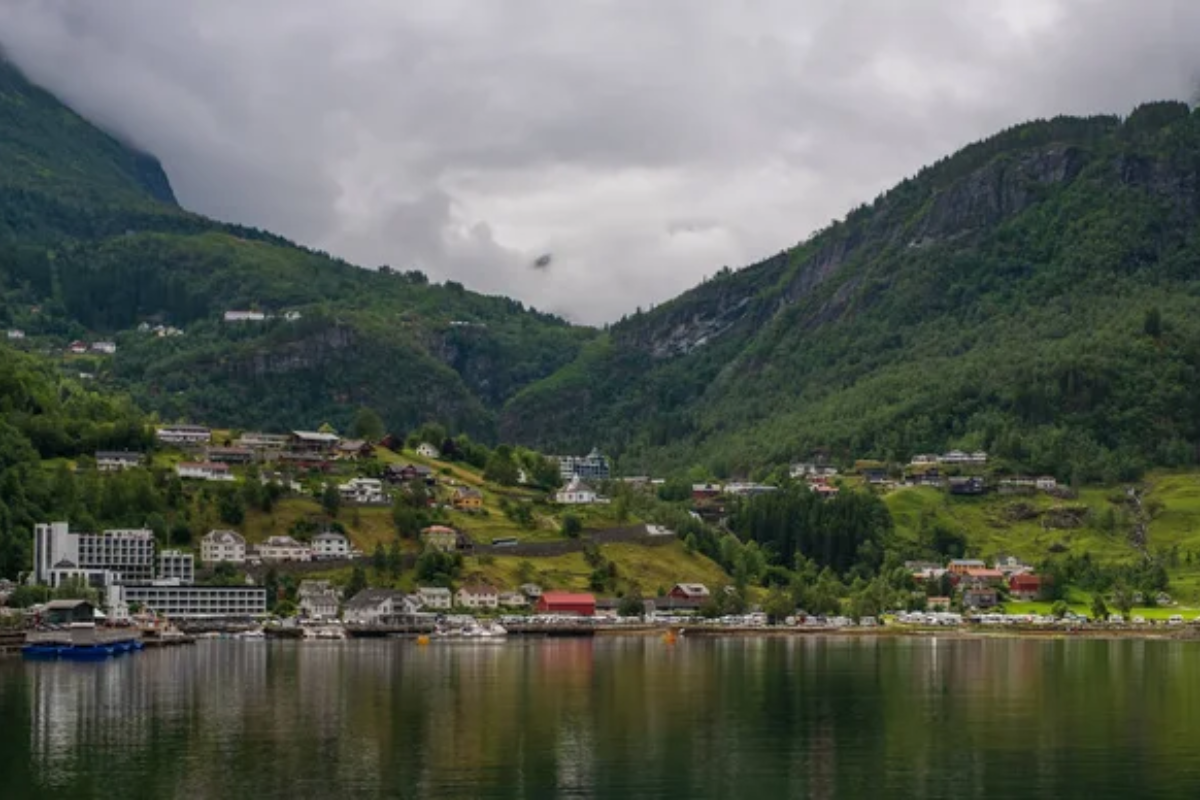
Tucked at the head of the UNESCO-protected Geirangerfjord, this village of only 250 residents lies beneath towering mountains that rise dramatically from the crystal-clear waters. It is famous for the Seven Sisters waterfall, where seven separate streams fall in parallel ribbons of white off the mountainside.
Local boats offer trips on the fjord, showing unparalleled views both of the village and of the surrounding peaks that tower upwards of 5,000 feet above the water. The Geiranger Skywalk, poised 5,000 feet above the village, is a heart-stopping panoramic viewpoint over this natural wonderland.
Sigtuna, Sweden
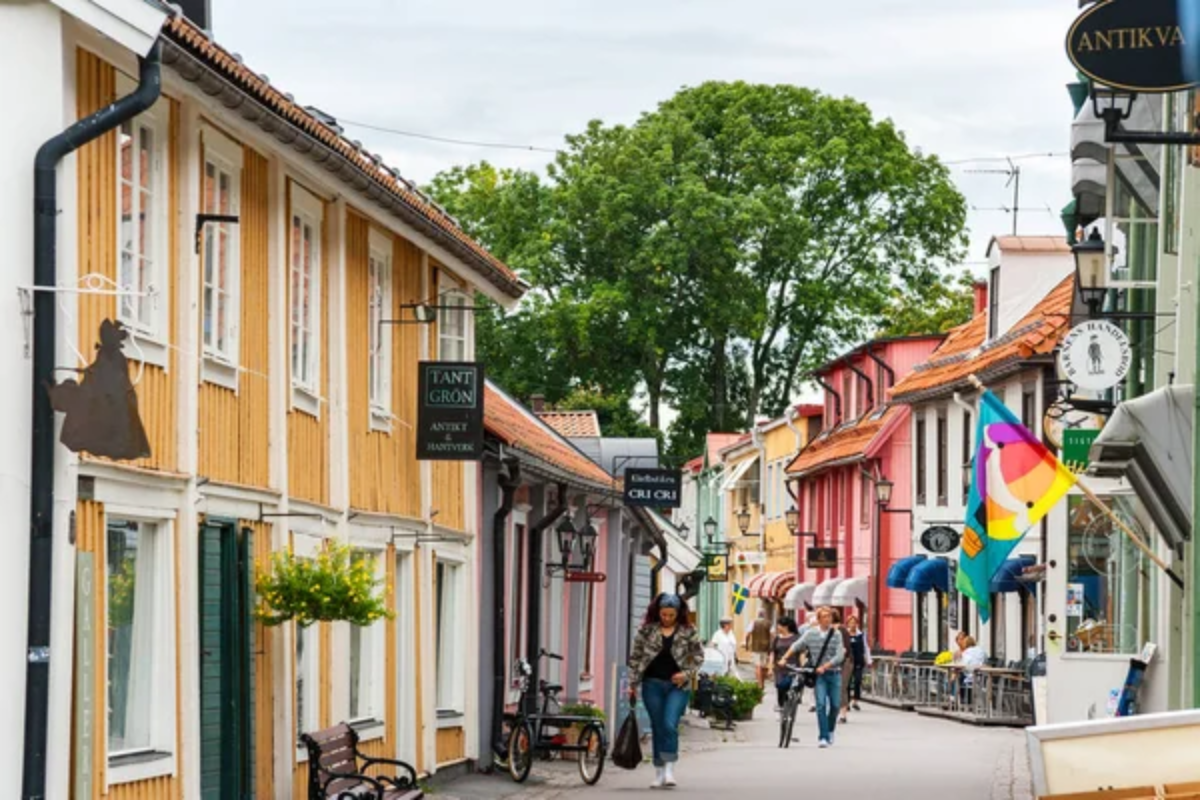
Dating back to 980 AD, Sweden’s oldest town, Sigtuna provides the perfect combination of historical charm with stunning lakeside scenery. The ruins of medieval times dot the landscape around Lake Mälaren, where traditional red-painted wooden houses are reflected in pristine waters.
Narrow village streets lined with traditional artisans’ workshops twist and turn their way down the waterfront where once Vikings set sail. In summer, surrounding meadows are carpeted with wildflowers – a colorful backdrop for ancient rune stones standing as silent witnesses to a thousand years of village history.
Like Travel Pug’s content? Follow us on MSN.
Ærøskøbing, Denmark
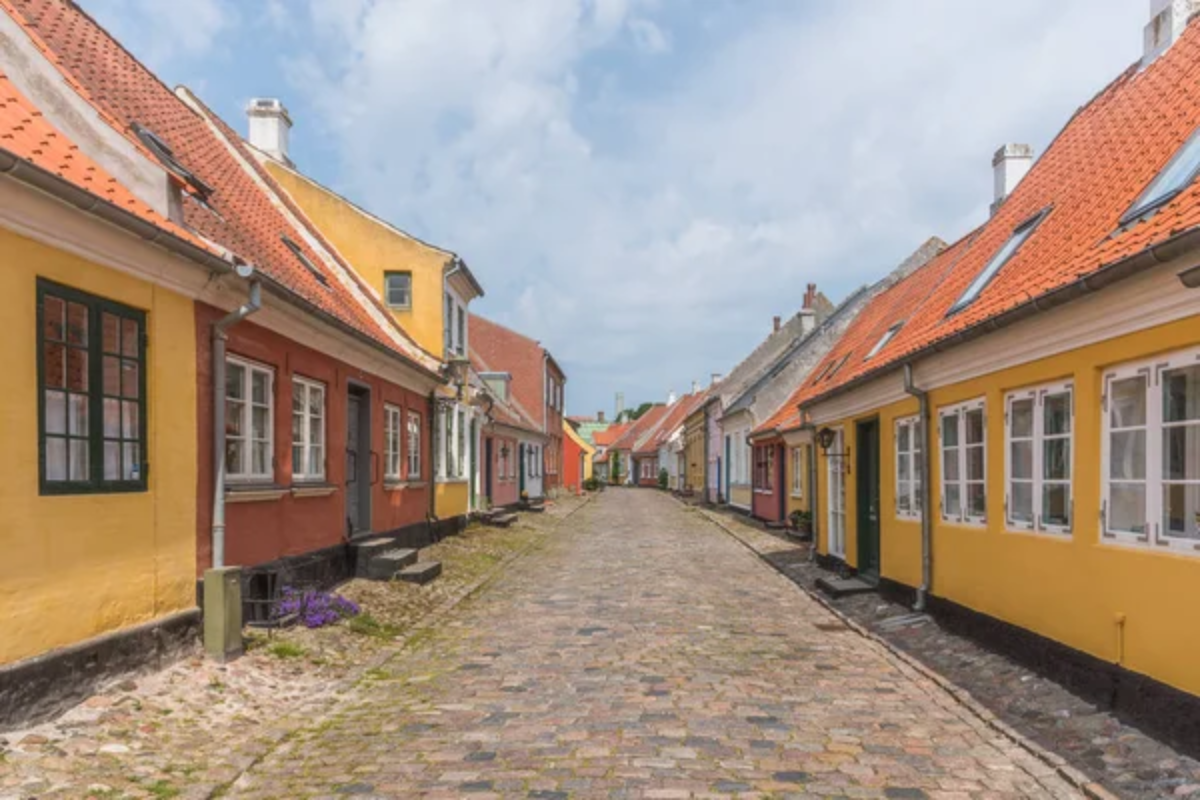
This Ærø Island maritime village is often described as Denmark’s fairytale town, with perfectly preserved 18th-century homes in soft pastels. Cobblestone streets wind between hollyhock-filled gardens down to a picturesque harbor where wooden sailboats bob gently in the breeze.
The surrounding countryside features rolling hills covered in heather and windswept beaches where seabirds wheel overhead. Local tradition insists that all houses retain their historic appearance, making the town a living museum of Danish architectural history.
Reine, Norway
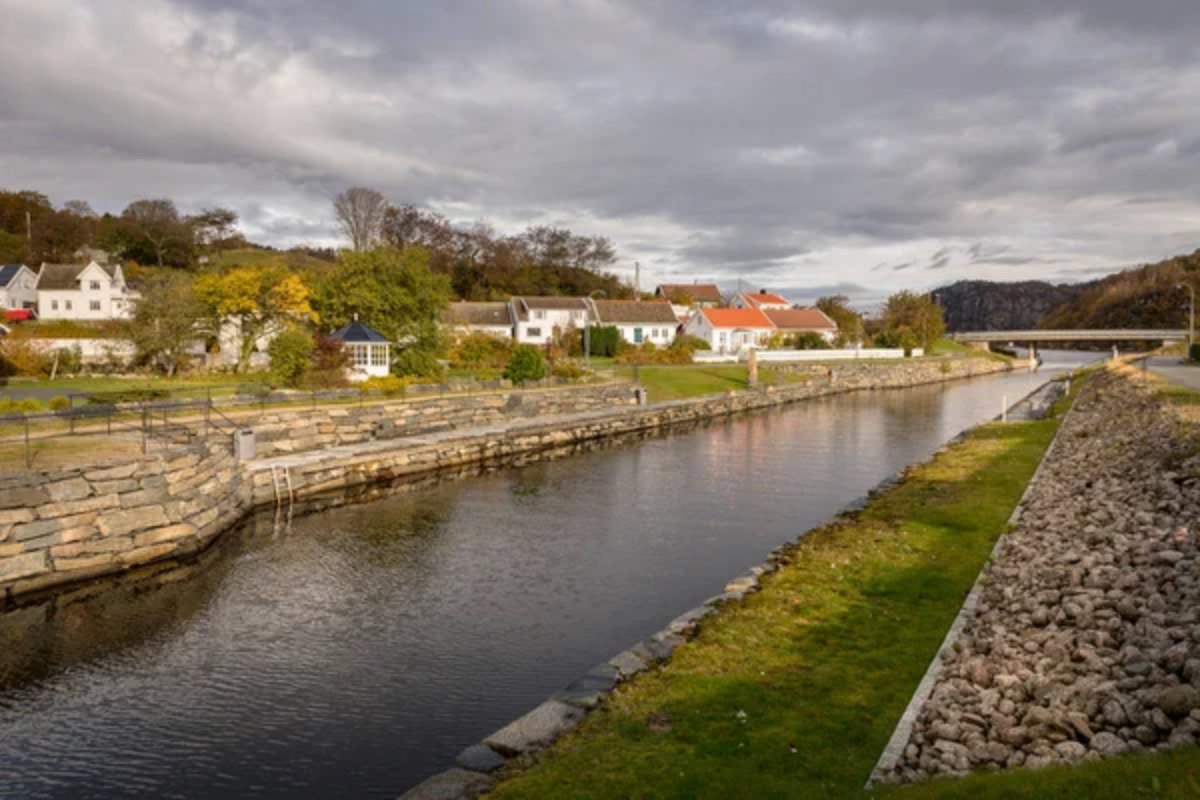
In the Lofoten archipelago high above the Arctic Circle, Reine is often hailed as one of the most beautiful villages in the world. The traditional red fishing huts, or rorbuer, are standing on stilts along the water’s edge and reflected in the crystal-clear waters of the fjord.
Dramatic peaks rise directly from the sea to form a natural amphitheater around the village, spectacular at any time, but especially during the midnight sun. It’s a perfect base for winter northern lights, too, when the surrounding mountains are dusted with snow.
Fiskebäckskil, Sweden
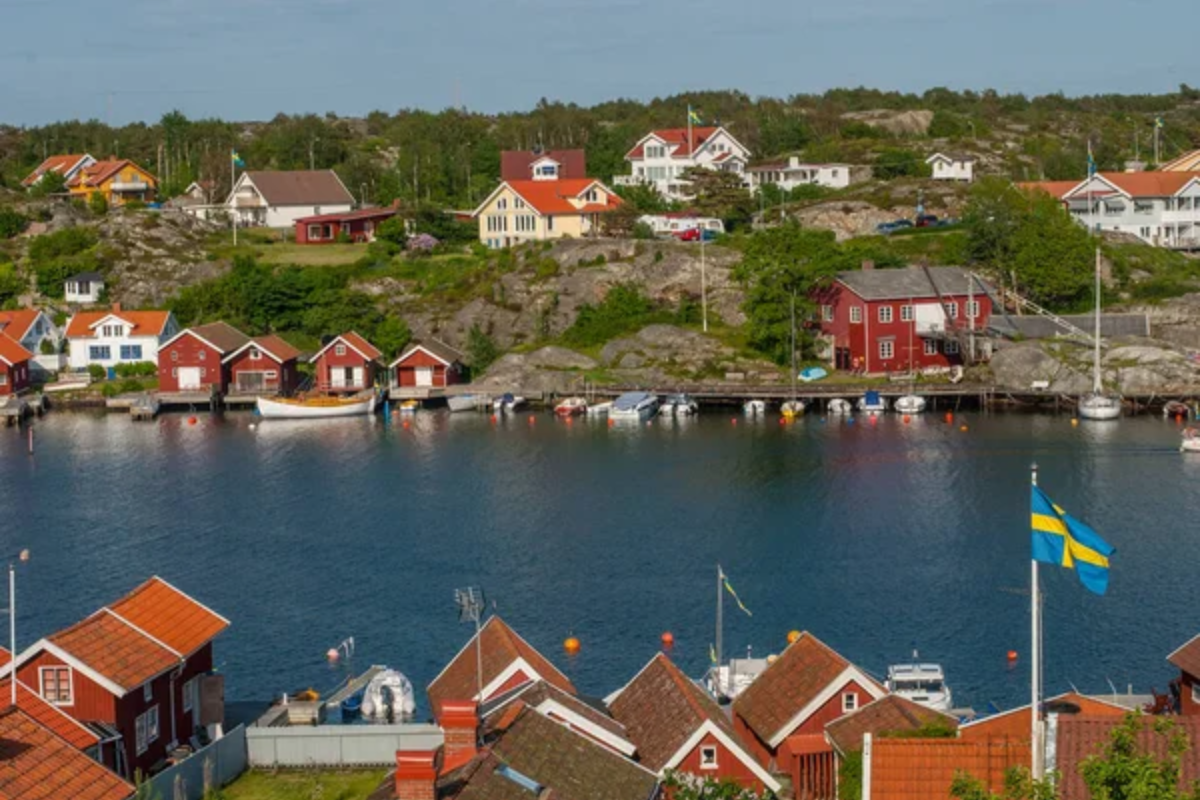
This west coast fishing village is a package of Swedish coastal living, full of Bohuslän’s white-painted wood houses. The smooth granite cliffs slope down to the sea, ending in natural swimming spots, much loved by locals and visitors alike.
The surrounding archipelago shelters it from the open ocean, providing perfect conditions for sailing and kayaking around the countless small islands. Its position, facing west, presents spectacular sunsets across the Skagerrak strait.
Like Travel Pug’s content? Follow us on MSN.
Gjógv, Faroe Islands
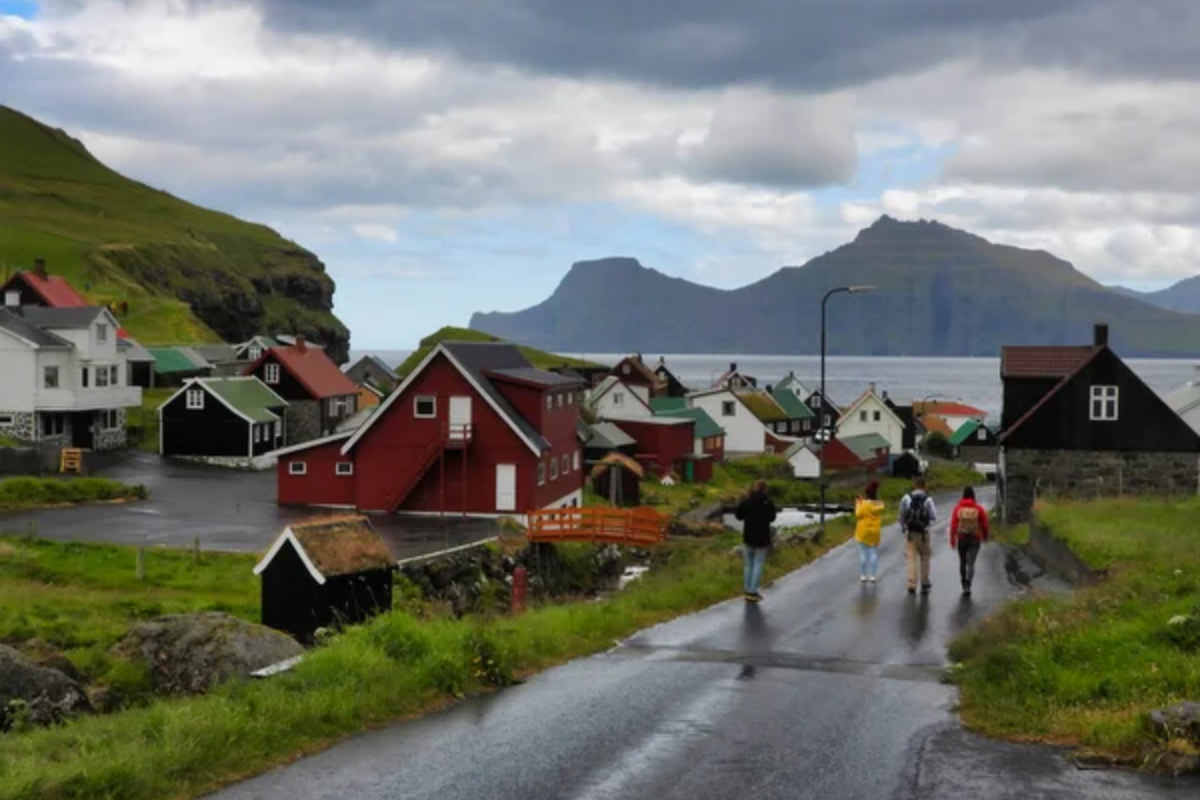
Named after its natural harbor – a 600-foot-long sea-filled gorge cutting deeply into the landscape – Gjógv embodies the raw beauty of the Faroe Islands. Grass-roofed houses huddle around the edge of the gorge, their traditional design helping them withstand the fierce North Atlantic weather.
The surrounding cliffs host thousands of seabirds, including puffins, during the summer months. Hiking trails lead to breathtaking viewpoints where you can see the waves crash against the dramatic coastline.
Flåm, Norway

Flåm sits at the terminus of the Aurlandsfjord and is celebrated for its railroad, which inches its way upward through some of Norway’s most spectacular scenery. The village itself nests in a bowl of natural formation, with mountains soaring well over 3,000 feet high, their sides green with vegetation in summer, glistening white with snow in winter.
Waterfalls roar down the sides of the mountains while their thunder resonates across the valley, where the crystal clear waters of the fjord reflect this stunning landscape as would a mirror.
Mölle, Sweden
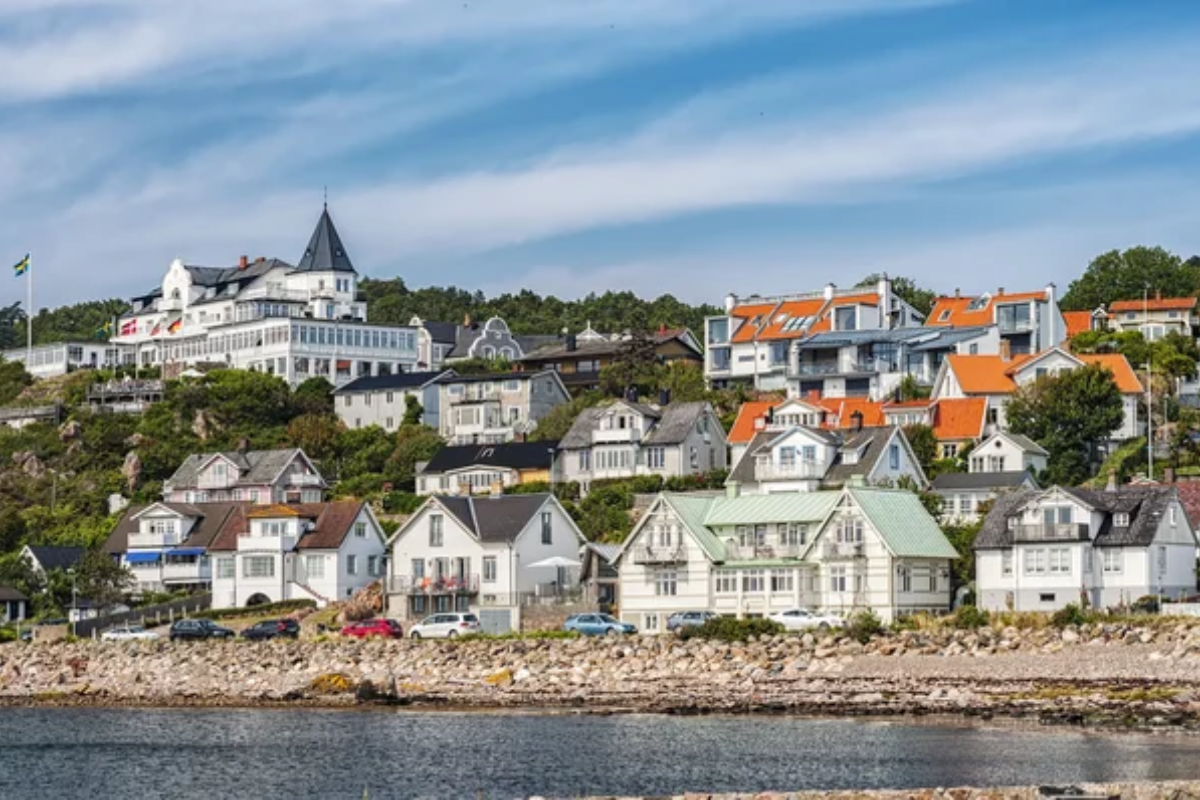
This former fishing village turned seaside resort sits at the tip of the Kullaberg peninsula, surrounded by dramatic cliffs and pristine beaches. The village gained fame in the early 1900s as Scandinavia’s first resort where men and women could bathe together, earning it the nickname ‘Syndens håla’ (den of sin).
The nature reserve around them offers miles of hiking trails along the rocky coastline, where seals often bask in the sun. Situated on a peninsula, the village provides views of both sunrise and sunset over the sea.
Like Travel Pug’s content? Follow us on MSN.
Solvorn, Norway
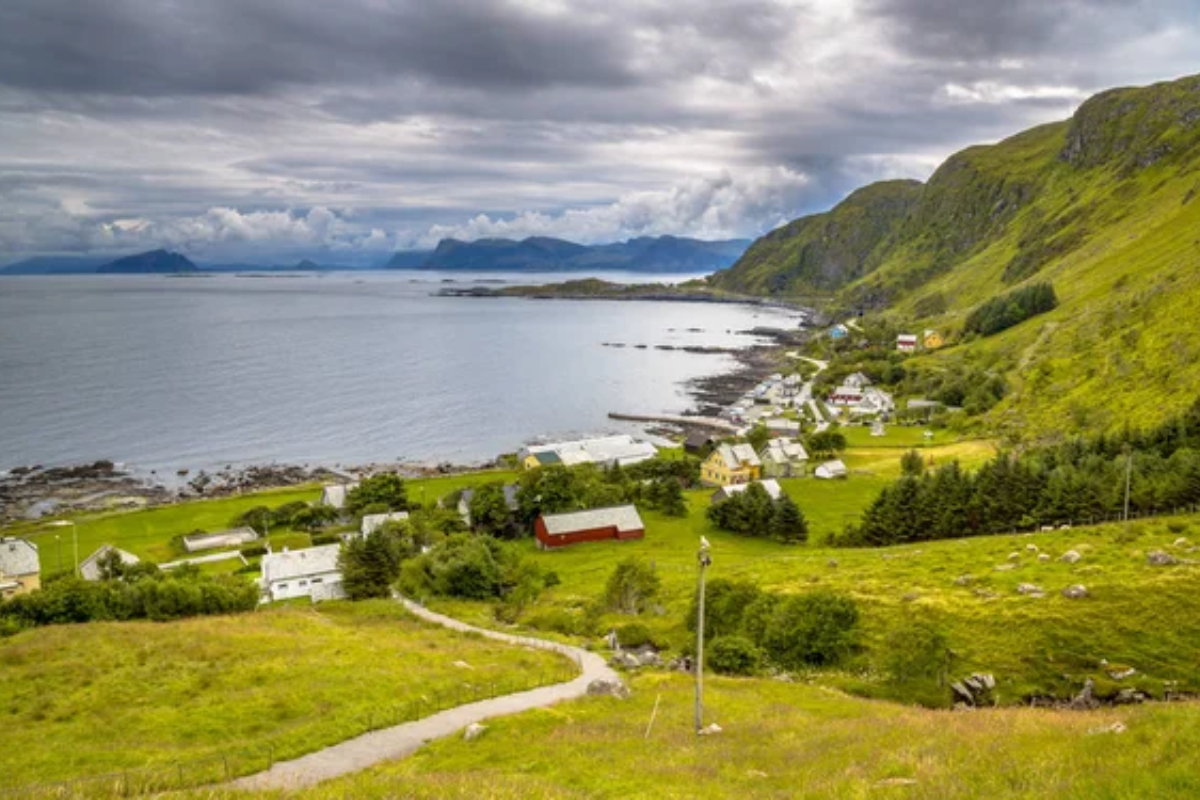
Nestled on the shores of Lustrafjord, white wooden houses cluster around a natural harbor in Solvorn, their gardens bright with traditional Norwegian roses. It is the gateway to the 12th-century Urnes Stave Church, a UNESCO World Heritage site reached by a short ferry ride across the fjord.
The village is enveloped by some very ancient fruit orchards, full of blossoms during spring and full of fruit during autumn. The surrounding mountains provide a dramatic backdrop, with peaks often shrouded in mist during early mornings.
Marstal, Denmark
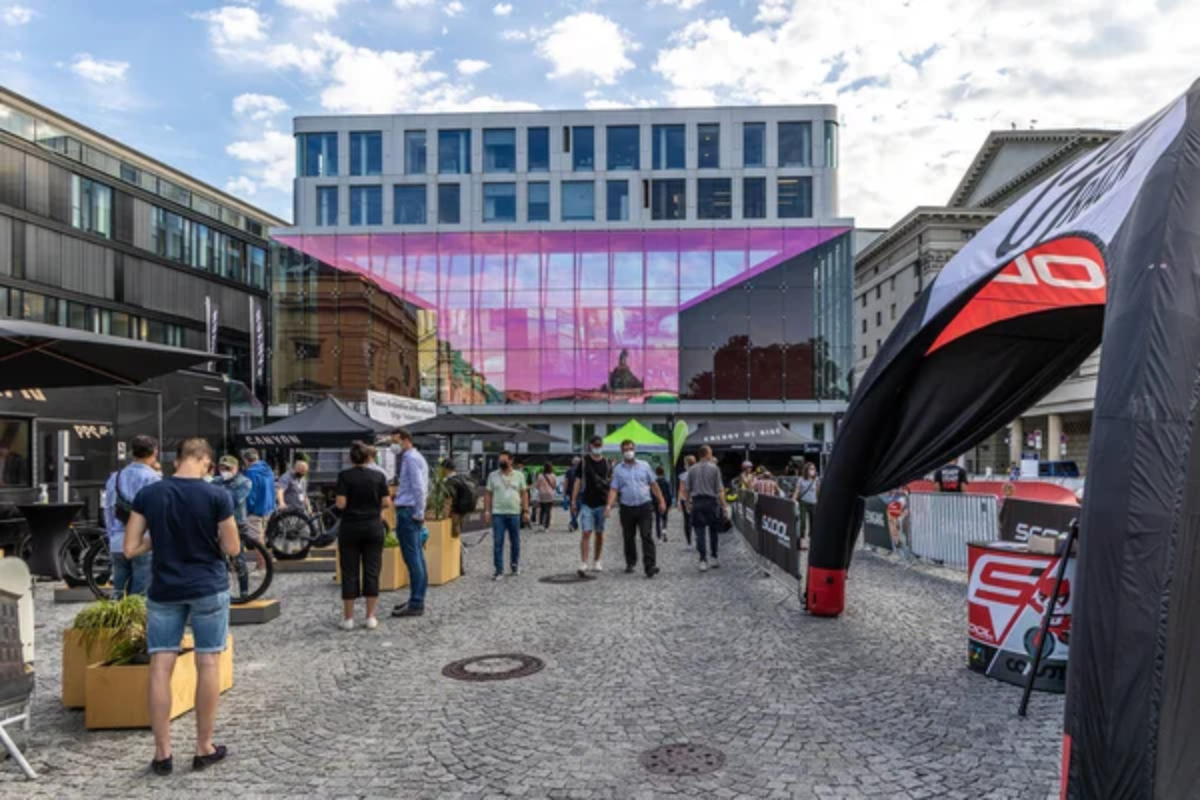
The old maritime town of Ærøskøbing on the island of Ærø offers one of the most important sailing traditions in the country. Gaily painted cottages line its narrow streets, and the busy port is filled both with working boats and yachts.
More gently rolling hills, falling to the Baltic, rise behind it, making walking and cycling an ideal way around. The maritime museum illustrates the village’s history of seafaring, while the beaches are great for swimming in the summer.
Fjällbacka, Sweden
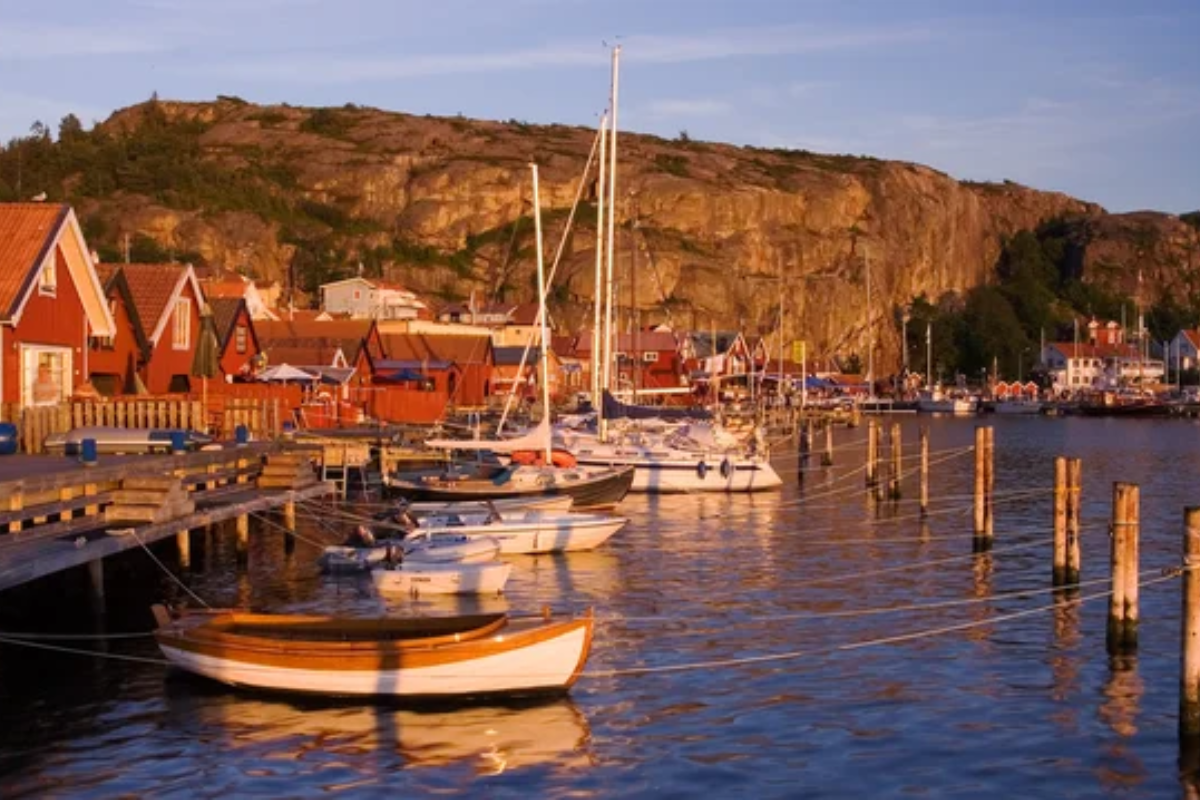
Wooden houses cluster beneath a huge granite cliff called Vetteberget in this tiny village, which was made famous as the setting for Camilla Läckberg’s crime novels. Situated in the Bohuslän archipelago, the village is well protected from the open sea and offers perfect conditions for kayaking and sailing around the thousands of islands.
The surrounding countryside is very good for hiking, with marked trails up to Bronze Age rock carvings and other spectacular viewpoints. In summer, the village is filled with the smell of locally smoked fish and the sound of boats arriving back in the harbor.
Like Travel Pug’s content? Follow us on MSN.
Undredal, Norway
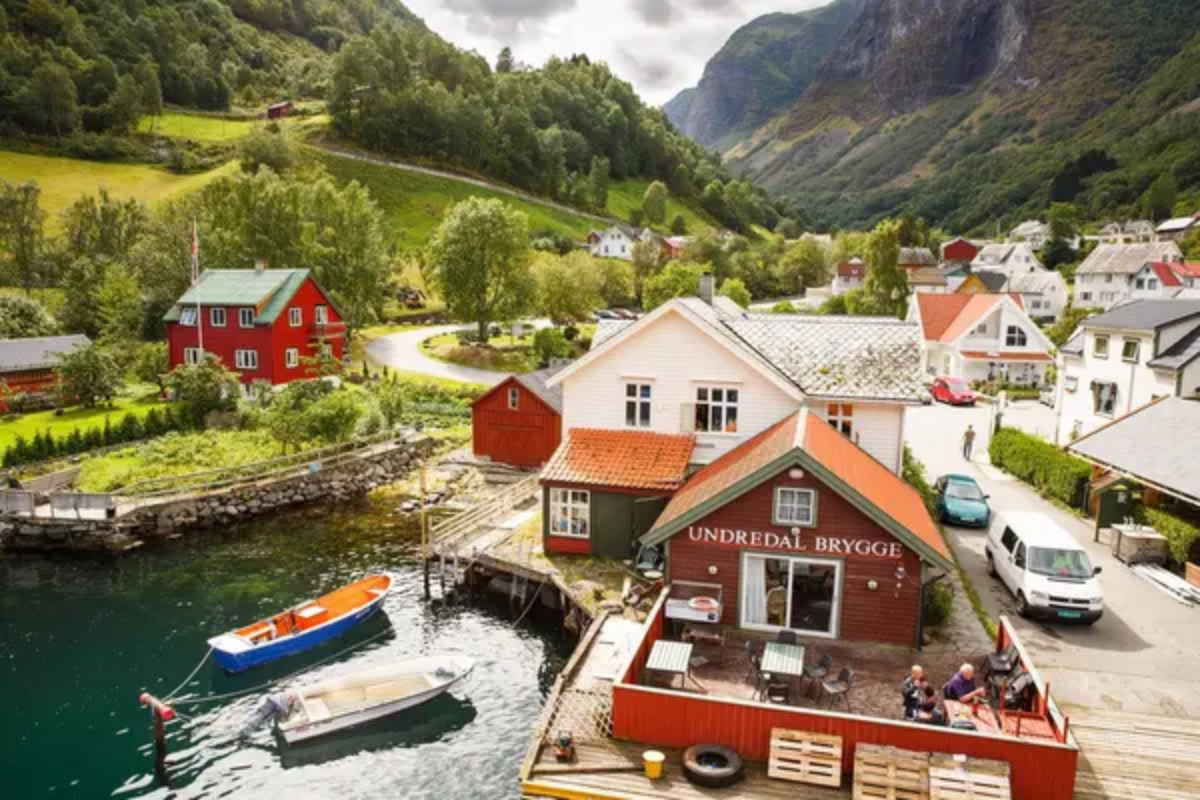
This tiny village on Nærøyfjord is famous for its goat cheese production and is home to 100 people and 500 goats. The waterfront is lined with traditional grass-roofed buildings, while the world’s smallest stave church (dating from 1147) watches over the community.
The village is naturally protected by steep mountainsides rising dramatically from the water. Local farmers still farm the mountain ledges using traditional methods, reaching their fields by boat and on foot.
Gudhjem, Denmark
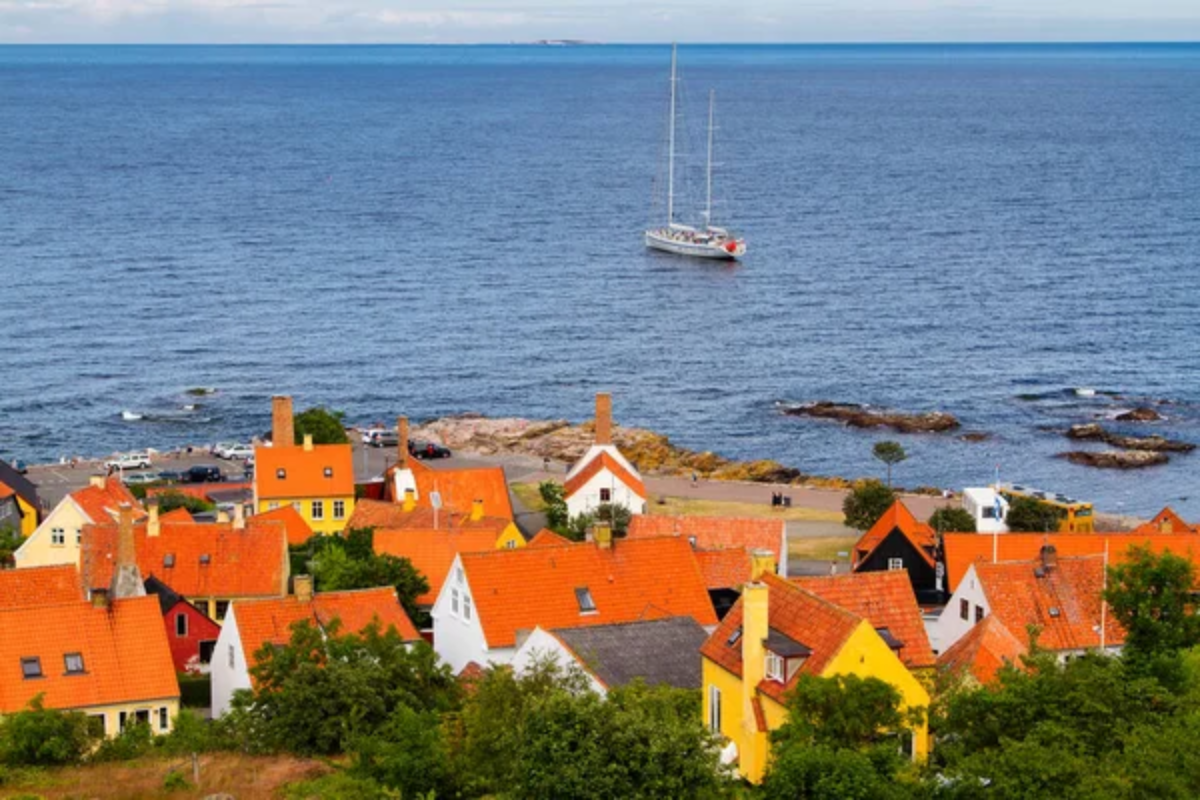
Clinging to the rocky north coast of Bornholm island, Gudhjem is the only town in Denmark built on a hillside. Narrow village streets wind up from the harbor, passing traditional half-timbered houses with red tile roofs.
Local smokeries produce the famous ‘sol over Gudhjem’ – smoked herring on dark rye bread topped with a raw egg yolk. The coastline around it is made up of dramatic granite cliffs and hidden beaches, while inland lies the largest forest in Denmark.
Voss, Norway
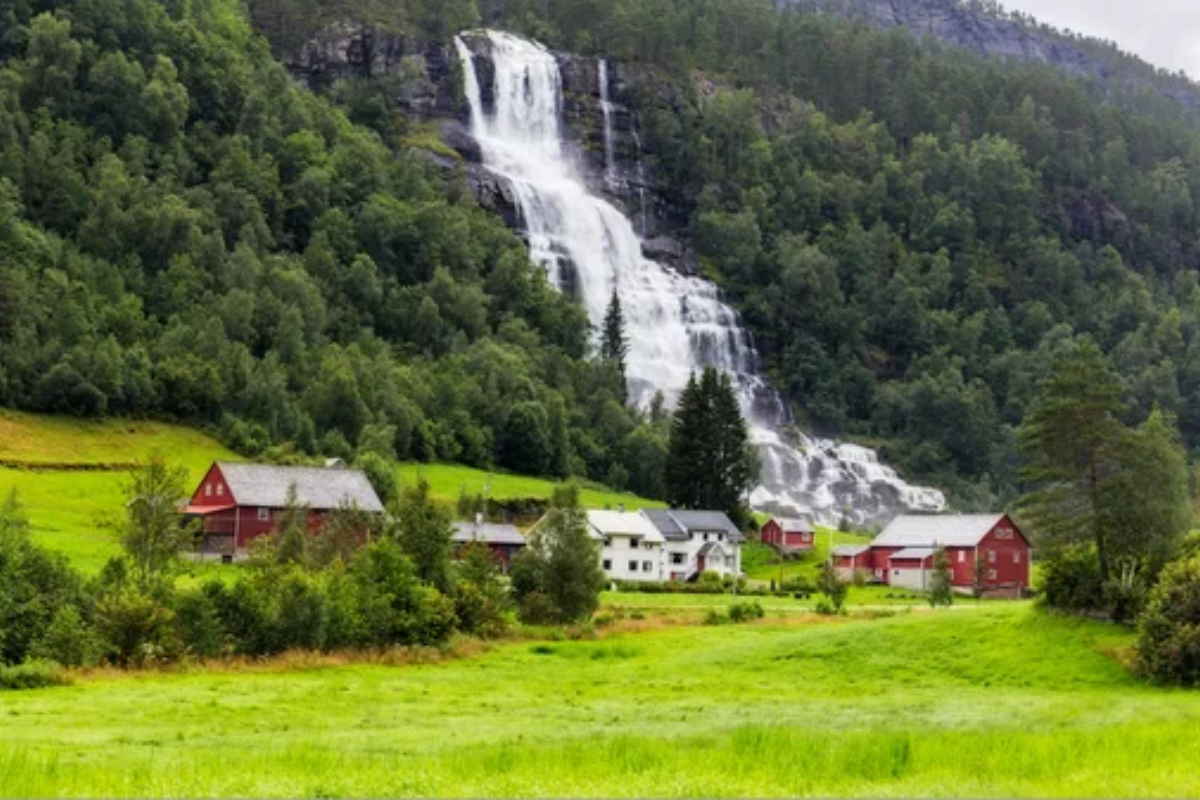
Although technically a town, Voss still retains its village feel despite being known as the adventure sports capital of Norway. Nestled between fjords and mountains, the community enjoys stunning views of Lake Vangsvatnet and the surrounding peaks.
Traditional farms dot the hillsides, many still producing local specialties like cured meats and cloudberries. The landscape provides a natural playground for activities ranging from skiing and paragliding to kayaking and hiking, while the historic Voss Church has watched over the valley since 1277.
Like Travel Pug’s content? Follow us on MSN.
Arild, Sweden
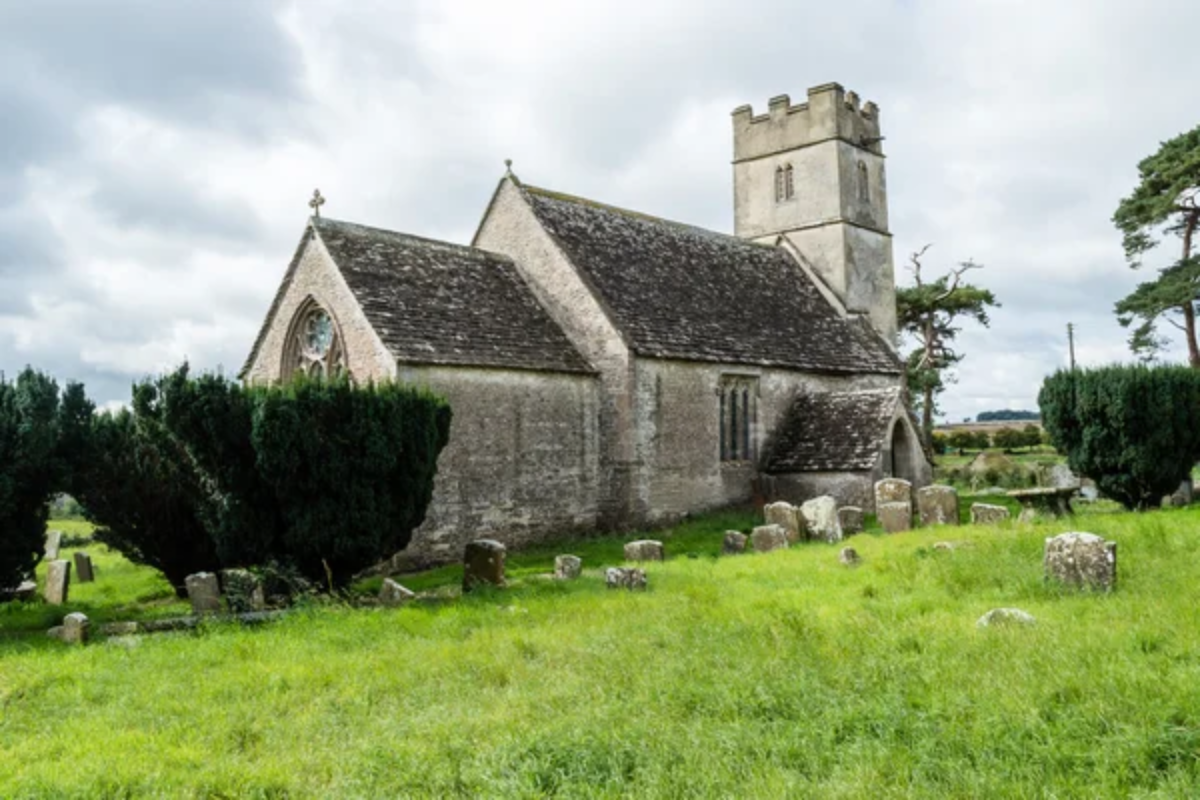
Perched on the northern tip of the Kullaberg peninsula, Arild combines dramatic coastal scenery with the charm of a traditional Swedish village. Ancient fishermen’s cottages lean into each other around the natural harbor; roses and lavender tumble through the gardens.
There are caves, cliffs that drop directly into the sea, and much more to keep even the casual walker engrossed through the surrounding Nature Reserve. The old customs live on and on, midsummer celebrations, and fishery festivities drawing together people.
Nordic Serenity Embraced

These magical villages give expression to perhaps the quintessential form of Scandinavian beauty: the sublime in perfect balance with human habitation. Each gives a window onto its unique form of community that has forged ways of being with some of the world’s most dramatic landscapes.
Whether it be for adventure, serenity, or to simply experience the raw beauty of the Nordic wilds, villages like these can offer a glimpse into the heart of Scandinavia’s natural heritage.
More from Travel Pug

- 20 Towns Built for One Purpose That Were Later Abandoned
- 15 Hidden Spots in Disney World’s Magic Kingdom Most Visitors Miss
- 15 Most Scenic Walks Anywhere in The World
- 15 Canyons in the U.S. That Are Just as Stunning as the Grand Canyon
- 10 Under-the-Radar Mountain Towns That Are Both Affordable and Beautiful
Like Travel Pug’s content? Follow us on MSN.
